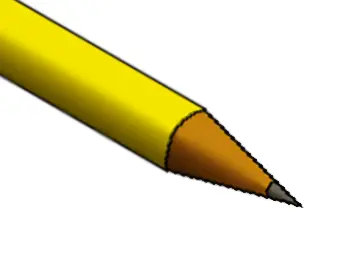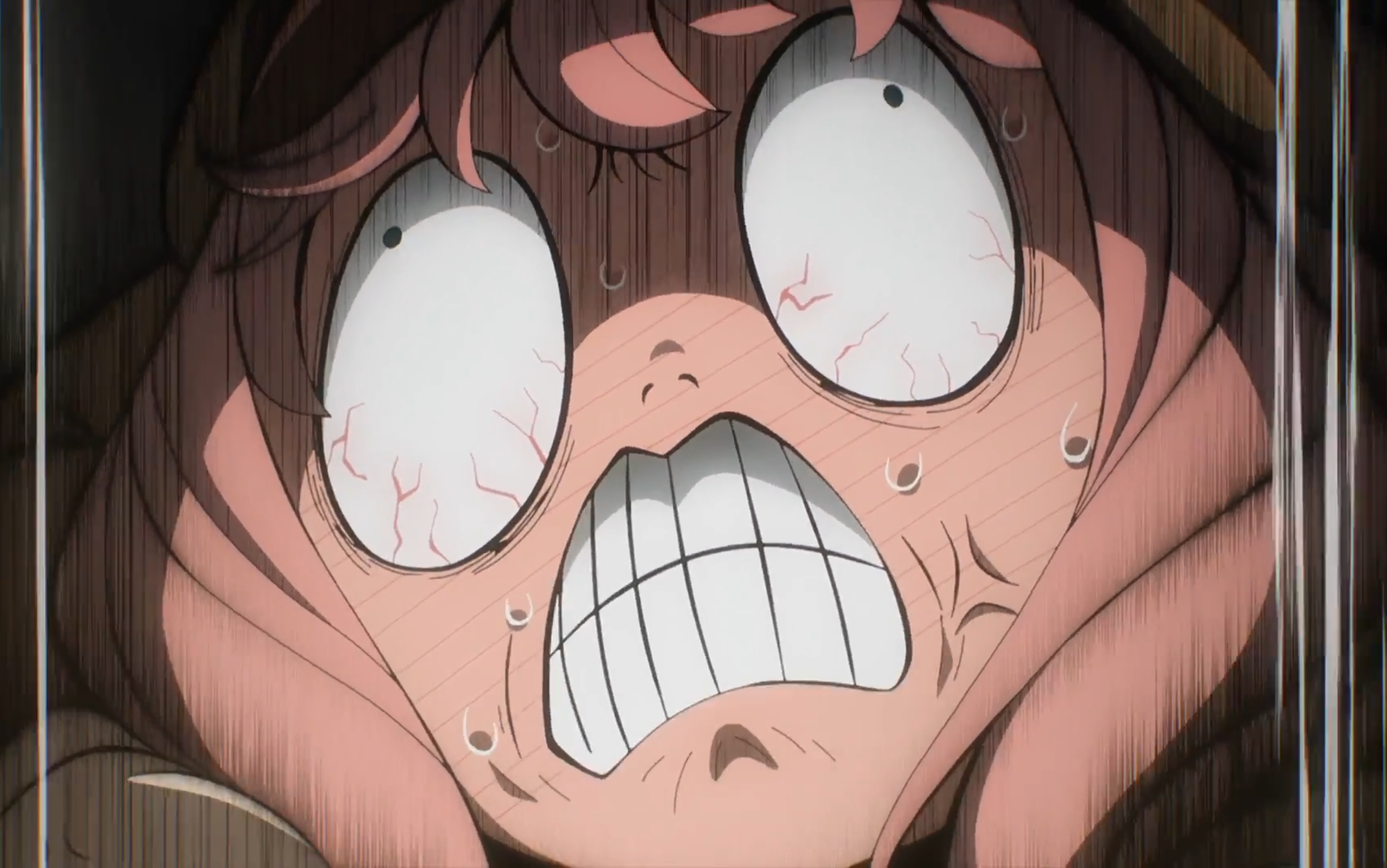Damn, this got long. A while back, I read “Only a trillion”, a collection of science essays by Dr Isaac Asimov (yes, the Isaac Asimov; he was professor in biochemistry). I found it mind-blowing how animals evolved out of water and back, and by what traces we can infer that. So here’s a longish excerpt from chapter 9 of that book.
Consider the manner in which life-forms moved out of the sea […] into fresh water and onto land. That involved not only the familiar morphological evolution, but biochemical evolution as well. In the sea, cells developed in a liquid containing certain ions […] in certain concentrations.
Life made the adjustment to those concentrations once and apparently that was it for all time.
When animals grew more complicated and became a group of cells enclosed in some form of shell, skin, protective membrane or what have you, the individual cells remained immersed in an inner liquid resembling sea water in ionic composition. The outer portions of the body, as well as many other things, changed to suit altered conditional liquid, the liquid with which the cells were in actual contact, remained about the same. Our own blood […] is remarkably like a quantity of trapped sea water, and so is the interstitial fluid that exists in the spaces between our cells.
In other words, we’ve never left the sea; we’ve taken it with us.
[…]
Primitive sea creatures have no trouble maintaining the ionic composition of their internal fluids because it is mostly in even balance with sea water, and they have learned, with the millions of years, to tolerate slight changes that may develop in sea water and hence in their own fluids. But when a sea creature invades the fresh water (which, biochemically, is as difficult a feat as the invasion of land) a completely new situation develops.
When a sea creature tries to live in fresh water, it must somehow counteract the natural tendency of the ions within itself to leak out […].
It is considered that any creature that can keep a surplus of ions inside its body against a deficiency on the outside must have had some ancestor that adapted itself to fresh-water. All vertebrates apparently come into this classification and so it is deduced biochemically that the original vertebrate from which all others are descended developed in fresh-water.
To be sure, a number of fresh-water vertebrates migrated back to the sea, to become the ancestors of the marine fish and […] sharks […]. They had the reverse problem now; to keep surplus ions from entering […].
You can find details […] in an excellent little book by Ernest Baldwin called Comparative Biochemistry, published by the Cambridge University Press in 1948.
The conquest of the dry land involved a whole new series of biochemical modifications. One of these concerned the matter of waste-disposal.
[…]
Now for any creature living in fresh water, there is no problem. Carbon dioxide and ammonia are soluble in water, and water is just water. Dump all three substances into the river.
[…]
In fact the only suspicion of risk involves ammonia which is highly poisonous. One part in 20,000 in blood is enough to kill.
[…]
The sharks […], after migrating from their fresh-water origin back to the sea, were faced with keeping ions from the ocean surplus from invading their body. Instead of developing ion-excreting mechanisms as the marine fish did, they worked out the trick of breaking down nitrogen compounds to urea instead of ammonia. Then they allowed urea to concentrate in the blood as they could never have done with ammonia.
In fact they allowed urea to accumulate to a concentration of 2 per cent, which is enough to kill other creatures. Through the ages, shark tissue acclimated itself to urea. The urea in the blood acted as the ions did, in a way, and made the total ion content of shark blood higher than that of the ocean. The problem was therefore once again to keep the ions from leaking out and the sharks could use their old fresh-water adaptations for the purpose instead of having to invent new mechanisms, as the sea fish did.
Incidentally, some sharks migrated back to fresh water after having developed the urea-waste mechanism. Once in fresh water, the presence of urea in the blood was not only unnecessary, it was down right embarrassing. It made the ion content of the blood artificially high so that it was harder than ever to keep it steady against the ion-free fresh water. The fresh-water sharks did the best they could by cutting down the urea concentration in blood from 2 percent to 0.6 per cent, but there they reached their limit. Shark tissue had grown so accustomed to urea, it had become positively dependent upon it. Shark heart, for instance, won’t beat in blood containing no urea. (Our hearts would do fine.)
[…]
As is well known, morphological evolution can be traced in embryos. At various times during development, a human embryo passes through a unicellular stage, an invertebrate stage, and a cartilaginous stage. It shows at various times gills, a tail and a pelt of body hair. In the same way, biochemical evolution can be traced.
The developing chick excretes mostly ammonia for the first four days, when the total excretion is so small and the egg so large in comparison to the tiny embryo that dangerous concentrations are not reached. Then for the next nine days, nitrogen wastes are mostly in the form of urea, there still being a reasonable amount of water to keep the urea concentration low enough. Finally, during the last eleven days when things are getting tight, the wastes are mostly in the form of uric acid.
Thanks for sharing
Absolutely fascinating! Now I have a new entry at the top of my list of books that I need.
Be advised that the book isn’t all about evolution or even biology.
Thanks for the heads-up. I looked into it and I’m very interested. I ordered the new print because there are not many used versions around.
Have fun, but beware of the rabbit hole that is Asimov’s life work.

(In no way complete)

This version is unsettingly high quality
idk why, but I only see a blank comment ;-;

It’s still not working :S
It’s free real-estate.
I’m only upvoting as a means of pointing at the gif of the same comment above your comment in my feed.
Land whale. My new favourite phrase
Isn’t that just what you call OP’s mom?
OOOOOOOHHHHHHHHHHHHH!!!
And nobody has echo location
Yep, we know. Mammalian ears are so advanced that echolocation can be enabled without extra evolution. This allowed mammals to enter both the seas and the sky - ecological niches where there was already a lot of competition and predators.
Ha, and Scientists actually want us to Believe this‽
No, they want you to look at the evidence and understand that it happened.
I have considered the evidence
Have you indeed?
Indeed I have
They don’t ask you to believe anything. This is what the evidence points to, it doesn’t require belief at all.
They played us for absolute fools.
“They went back into the water” - statements dreamed up by the utterly Deranged






